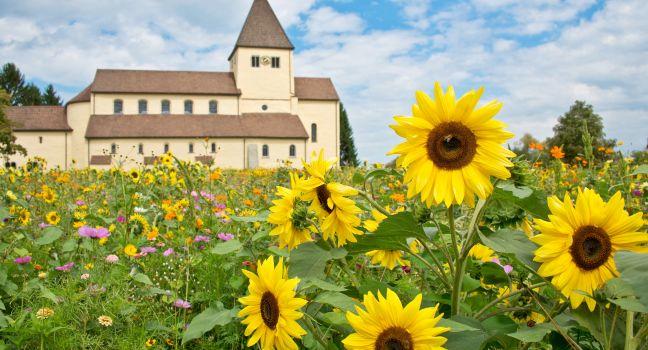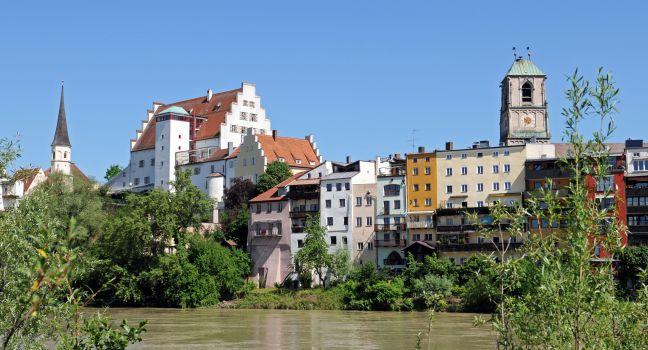Graf Zeppelin (Ferdinand Graf von Zeppelin) was born across the lake in Konstanz, but Friedrichshafen was where, on July 2, 1900, his first "airship"—the LZ 1—was launched. The story is told in the Zeppelin Museum, which holds the world's most significant collection of artifacts pertaining to airship history. In a wing of the restored Bauhaus Friedrichshafen Hafenbahnhof (harbor railway station), the main attraction is the reconstruction of a 108-foot-long section of the legendary Hindenburg, the LZ 129 that exploded at its berth in Lakehurst, New Jersey, on May 6, 1937. (The airships were filled with hydrogen, because in 1933 the United States had passed an act banning helium sales to foreign governments due to its military usefulness and scarcity at that time.) Climb aboard the airship via a retractable stairway and stroll past the authentically furnished passenger room, the original lounges, and the dining room. The illusion of traveling in a zeppelin is followed by exhibits on the history and technology of airship aviation: propellers, engines, dining-room menus, and films of the airships traveling or at war. Car fans will appreciate the great Maybach standing on the ground floor; passengers once enjoyed being transported to the zeppelins in it. The museum's restaurant, a good place to take a break, is open for lunch and dinner.





